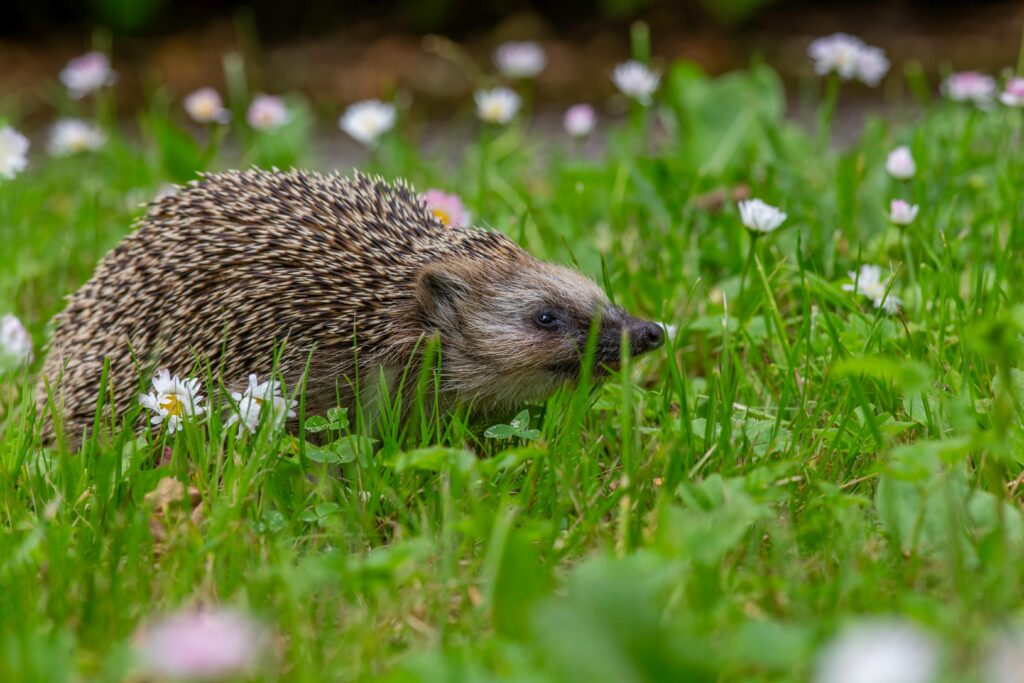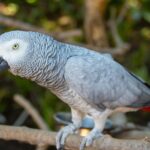Animals play crucial roles in maintaining the health and balance of ecosystems. From pollinators to predators, each species contributes to a complex web of interactions that sustain life on Earth. Understanding these roles helps us appreciate biodiversity and the interconnectedness of all living organisms.
1. Pollinators: The Essential Workers
Many animals, particularly insects like bees, butterflies, and hummingbirds, serve as pollinators, transferring pollen from one flower to another. This process is vital for the reproduction of many plants, including a significant portion of the crops humans rely on for food. Without pollinators, ecosystems would struggle to sustain plant populations, leading to a decline in food sources for both wildlife and humans.
2. Predators: Maintaining Balance
Predators play an essential role in regulating populations within ecosystems. By preying on herbivores, predators help control plant consumption, preventing overgrazing and promoting plant diversity. This balance is crucial for maintaining healthy habitats. For example, wolves in Yellowstone National Park have been shown to control elk populations, which in turn allows vegetation to thrive, benefiting numerous other species.
3. Decomposers: Nature’s Recyclers
Decomposers, such as fungi, bacteria, and certain insects, break down dead organic matter, returning vital nutrients to the soil. This process enriches the soil, supporting plant growth and fostering a healthy ecosystem. Without decomposers, dead plants and animals would accumulate, disrupting nutrient cycles and negatively impacting other organisms.
4. Herbivores: Shaping Landscapes
Herbivores are critical in shaping landscapes and influencing plant communities. By grazing, they help control plant growth and encourage biodiversity. For instance, animals like elephants can create clearings in forests, allowing sunlight to reach the ground and promoting the growth of various plant species, which in turn supports a diverse array of wildlife.
5. Symbiotic Relationships: Mutual Benefits
Many animals engage in symbiotic relationships, where different species interact closely and benefit from each other. For example, cleaner fish remove parasites from larger fish, promoting health in the larger fish population. Similarly, birds like oxpeckers feed on ticks found on large mammals, providing pest control while getting a meal. These relationships enhance the resilience of ecosystems.
6. Seed Dispersers: Facilitating Growth
Certain animals, including birds and mammals, are essential for seed dispersal. They consume fruits and transport seeds to new locations through their droppings. This process aids in plant reproduction and colonization, helping maintain healthy and diverse plant communities. For example, many tropical trees depend on animals like monkeys and birds to spread their seeds across vast areas.
7. Ecosystem Engineers: Altering Habitats
Some species, known as ecosystem engineers, significantly modify their environments. Beavers, for instance, create dams that form wetlands, which provide habitats for various species and help filter water. Similarly, corals build reefs that support diverse marine life. These modifications can enhance biodiversity and ecosystem stability.
Conclusion
Animals are indispensable to the health and functioning of ecosystems. Each species, no matter how small, contributes to the intricate balance of life on Earth. As we face challenges such as habitat loss and climate change, recognizing and preserving these roles becomes increasingly vital. By protecting wildlife and their habitats, we ensure the continued health of our planet’s ecosystems and the myriad forms of life they support. Understanding these connections fosters a greater appreciation for biodiversity and highlights our responsibility to conserve it for future generations.



